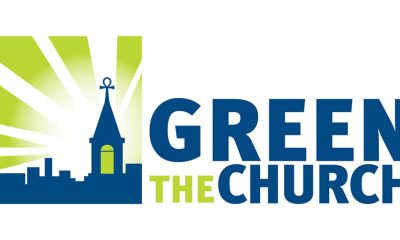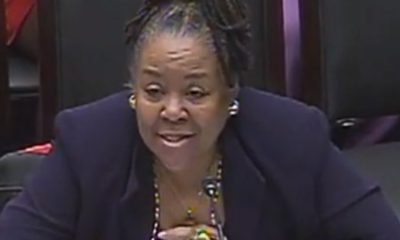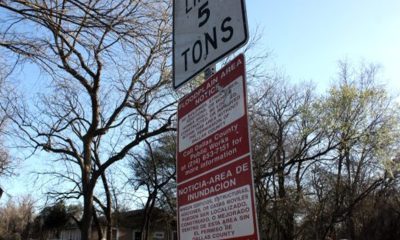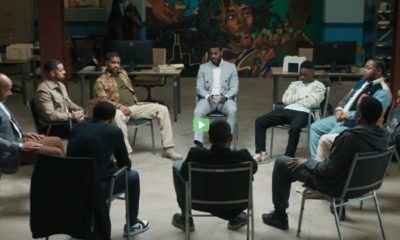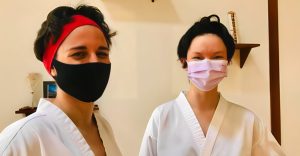COVID-19
COVID-19 Vaccine Will Go Far in Eliminating Spread of Virus
“Many African Americans are making a mistake thinking the vaccine is not good for them,” he said. “The vaccines of the past worked because so many people were vaccinated to eliminate diseases like measles and chicken-pox. However, the COVID virus is much different and more lethal. Everyone who gets the virus doesn’t necessarily go to the hospital and die. But the mortality rates among African Americans are three times higher than Caucasians.”
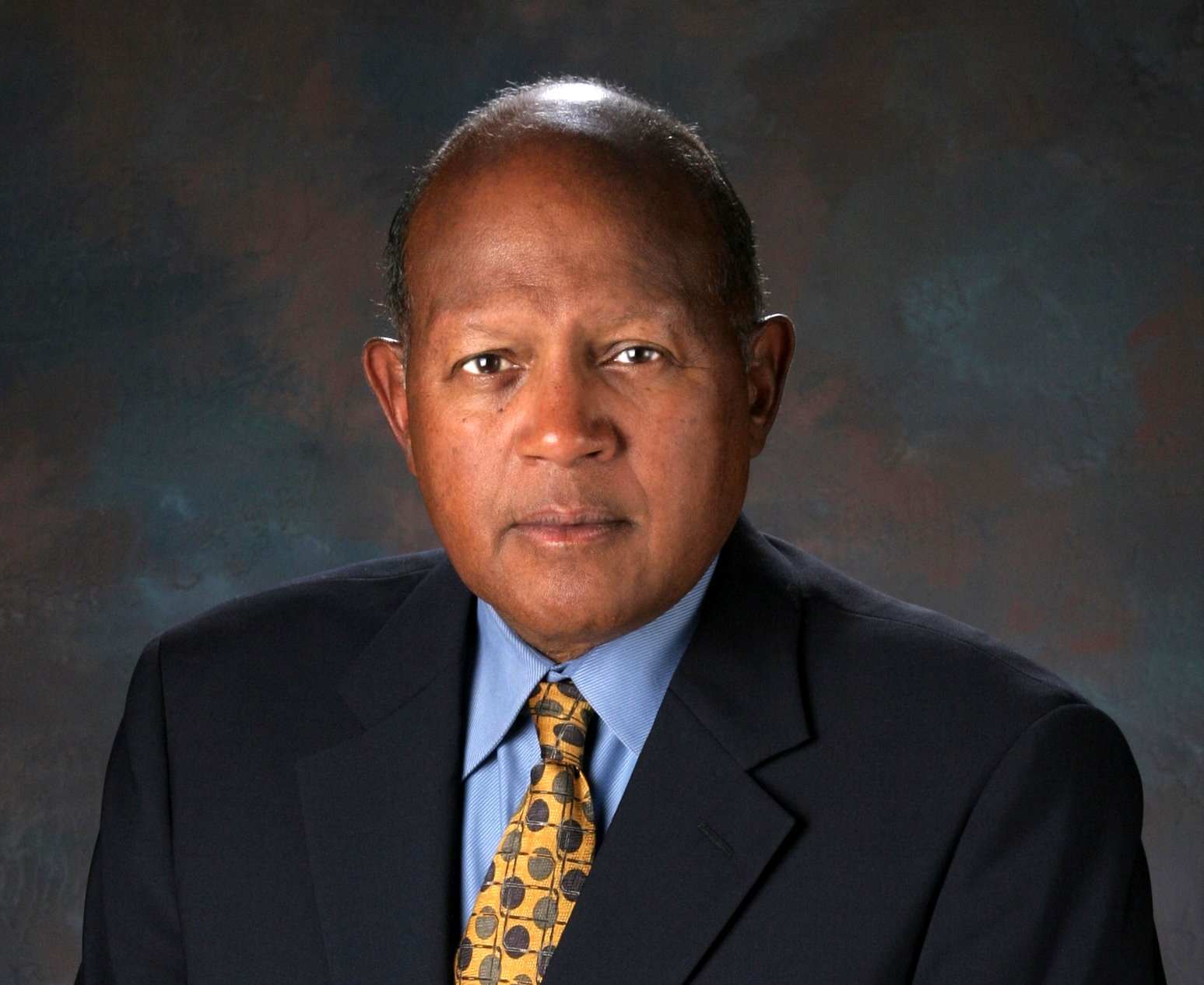
February 1 marked the one-year anniversary since the COVID-19 virus was first discovered in the Bay Area. Since then, hundreds of thousands of residents in the region have become infected and thousands have died as a result of the pandemic.
But there is some light at the end of the tunnel with the introduction of vaccines being offered by Pfizer, Moderna, Johnson and Johnson, Novavax, and others. Many people have asked what is the purpose of taking the vaccine, how safe is it and what can one expect after inoculation.
Nationally recognized allergist and immunologist, Dr. Michael Lenoir, offers expert medical advice on why taking the vaccine is so important, who needs it the most, and how participating in the vaccination process will help eliminate the spread of the virus, particularly among Black and Latino communities.
“The vaccine is a pattern that competes inside the cells of the virus,” said Lenoir. “It’s not a live part of the virus but is designed to attack the virus and prevent it from making copies of itself. The ingredients of the vaccines are not widely-known but they work like proteins, which are designed to repair and build your body’s tissues.
“Many African Americans are making a mistake thinking the vaccine is not good for them,” he said. “The vaccines of the past worked because so many people were vaccinated to eliminate diseases like measles and chicken-pox. However, the COVID virus is much different and more lethal. Everyone who gets the virus doesn’t necessarily go to the hospital and die. But the mortality rates among African Americans are three times higher than Caucasians.”
“For 400 years, we have been sicker than most Americans because we didn’t get the same treatments as whites, and consequently because of hypertension and diabetes, we have become more susceptible, resulting in an increase in our mortality rates,” Lenoir added.
“We are better hosts of this virus because, for so long, our health has been ignored. This is what is called health inequity. We’ve not gotten the treatments, the same living conditions, the same food and we’ve been victimized by institutions where there’s an unconscious bias against African Americans, and we are treated differently.”
“Also, people of color don’t trust the vaccine because of past histories of how vaccines were administered for devious reasons. African Americans were experimented on and given drugs that were not tested. Now white people are getting the virus.”
“In order to get everyone to take the vaccine, you will need to develop trust,” said Lenoir. “When you give true, accurate information about something, people are then faced with making their own decision. Just give people good information, and don’t spread unfounded stories about what horrible side effects people may suffer from taking the vaccine.”
“Medically speaking, the only side effects I’m aware of are sometimes mild fevers, fatigue, and soreness, all of which are gone within 48 to 72 hours. Some people are allergic to vaccines and injections and sometimes they area have allergic-type reactions. Those reactions are very, very infrequent. Nobody has a major reaction to the vaccine.”
Lenoir noted that you do not immediately become immune to the virus. “It takes a few weeks to become immune, which is why they’re a second dose that needs to be taken. In anti-body levels, it takes about six weeks after the second dose that full-immunity takes effect. “
“It is not believed that the vaccines will have any effect on individuals with food or other allergies. And individuals who have existing medical conditions are the ones who need the vaccines the most. The vaccine won’t impact whatever chronic disease they have, but it will build immunity from making those chronic diseases worse.”
“The variant, which has been found in South Africa, Brazil, and the United Kingdom, and has made its way into the U.S., will compound the problem with the standard virus, but to what degree, no one knows yet. The variant is more infectious, which means that it will go after you more, and will infect more people because of the variant’s characteristics.”
“This is not a new vaccine. The difference between this virus and other Corona viruses is in the details. There has been researching on this type of virus for a very long time. This isn’t something new that has been rushed to the market. It’s a different vaccine. Making this vaccine was easier because people have been studying the basic structure of this virus for a very long time,” concluded Lenoir.
Lenoir ended his remarks by saying “people should read and read, study and study, and listen. Then they can make their final decisions if they want to take the vaccine.”
Alameda County
Alameda County Supervisor Nate Miley Gives Small Business a $30,000 Boost
On Jan. 6, Alameda County Supervisor Nate Miley (D6) presented a $30,000 check to small business owner William “Bill” Owens, owner of Cascos Martial Arts Studio at 74th and MacArthur in Oakland. Miley, whose business has been facing financial challenges due to COVID Pandemic restrictions, says he was nearing bankruptcy. “This check will go a long way and is greatly appreciated,” he said.
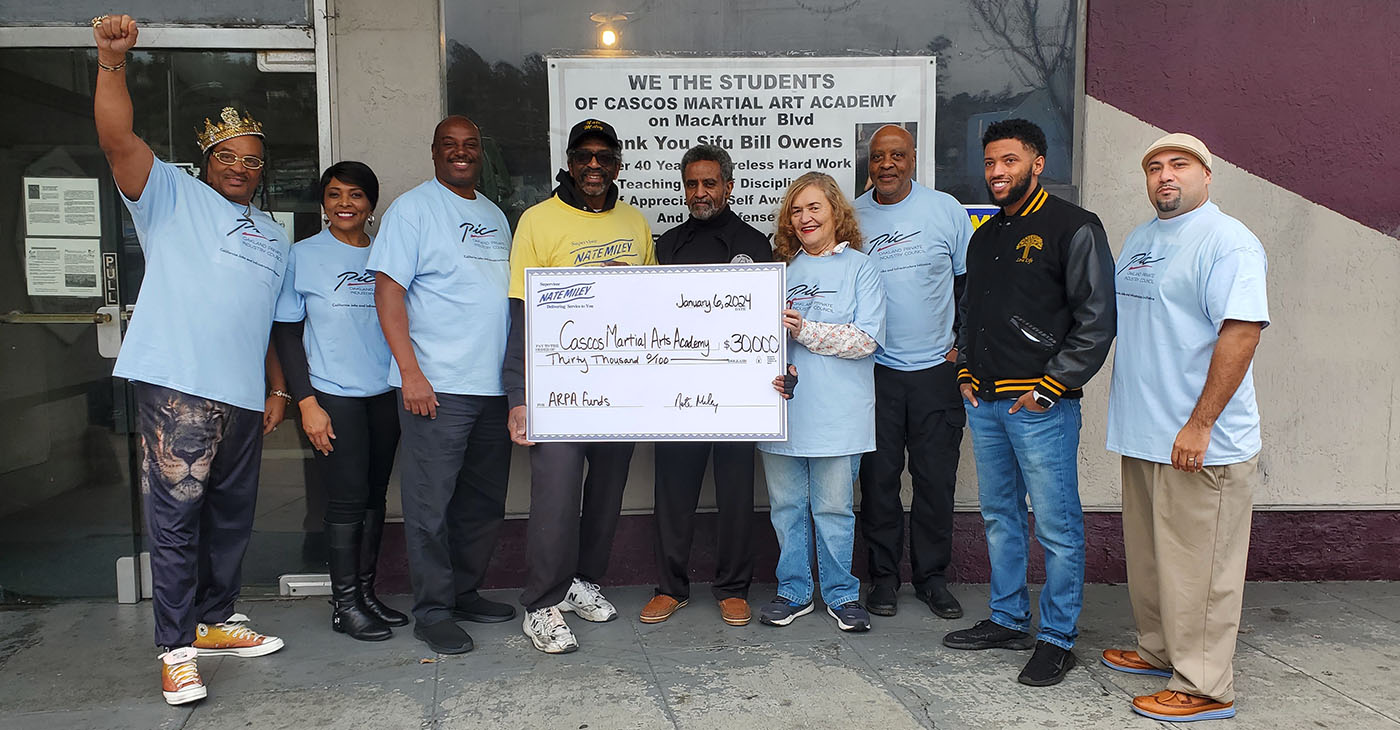
By Carla Thomas
On Jan. 6, Alameda County Supervisor Nate Miley (D6) presented a $30,000 check to small business owner William “Bill” Owens, owner of Cascos Martial Arts Studio at 74th and MacArthur in Oakland.
Miley, whose business has been facing financial challenges due to COVID Pandemic restrictions, says he was nearing bankruptcy. “This check will go a long way and is greatly appreciated,” he said.
For Miley, starting 2024 on a high note was important. “I can’t think of a better way to start the new year,” he said. “Small businesses are vital to our communities and when you help a committed business owner, you help a community. It’s an honor to add value by contributing to a small business that has trained so many young people, watched them grow up and have viable careers.”
OPIC Business Outreach Team Members Diane Lewis and Frank Smith celebrated the new collaboration with the martial arts studio.
“It’s always exciting to launch new programs,” said Lewis. “It’s encouraging to see Black men supporting one another and helping them rise to another level,” said Smith.
The check was presented to Owens along with the Oakland Private Equity Council (OPIC).
Pastor Raymond Lankford of the Oakland Community Church and president of the (OPIC) was also present.
“This is martial arts studio has been a big part of this community and helping support Mr. Owens is a win-win for the community,” said Lankford.
OPIC Board Member Kitty Epstein also praised Owens.
“It’s important to support this business and its contribution to the community,” said Epstein.
Cascos Martial Arts Studio has been in business for more than 50 years. Owens and his wife Mary have taught the community the art of self-defense together. “When COVID happened, we were hit with social distancing regulations in our small space,” explained Owens. “We went from having a couple hundred students to a few.”
After the check presentation, Owens invited attendees to see his training in action. For him, teaching the art of self-defense has included naming his moves and techniques after cultural icons like Martin Luther King, Jr. and other activists.
Owens says he bridged the innate rhythms and movements of African American culture with the techniques of Asian martial arts. However, upon traveling the world, Owens noticed many of the moves were less fluid.
“Often the moves are more frigid, and our influence has added more fluid movements,” said Owens as he moved, mimicking some boxing movements and fancy footwork.
“We want to ensure Owens is in business for years to come,” said Pastor Raymond Lankford, president of the Oakland Private Industry Council.
Owens also demonstrated how women and the elderly can protect themselves from theft, injury, or even being trafficked. 2022 statistics noted that of the 1500 people reported missing, over half were African American.
“We have to teach our young people these techniques. We can all support small businesses and expand services throughout the community,” added Owens who plans to add a mobile service to his business.
Activism
Business Owners Talk Future of Economic Development in Oakland at Downtown Event
The city of Oakland is taking steps to streamline permits for businesses to entice them to stay and bring new projects to the city. Additionally, the city is committing $200 million for affordable housing, which is “unprecedented in the city of Oakland” says Councilmember Nikki Fortunato-Bas, who was also at the event. “We have committed to supporting our community, supporting our local businesses and really showing that we can work together for safer communities,” Fortunato-Bas emphasized in an interview with the Post.
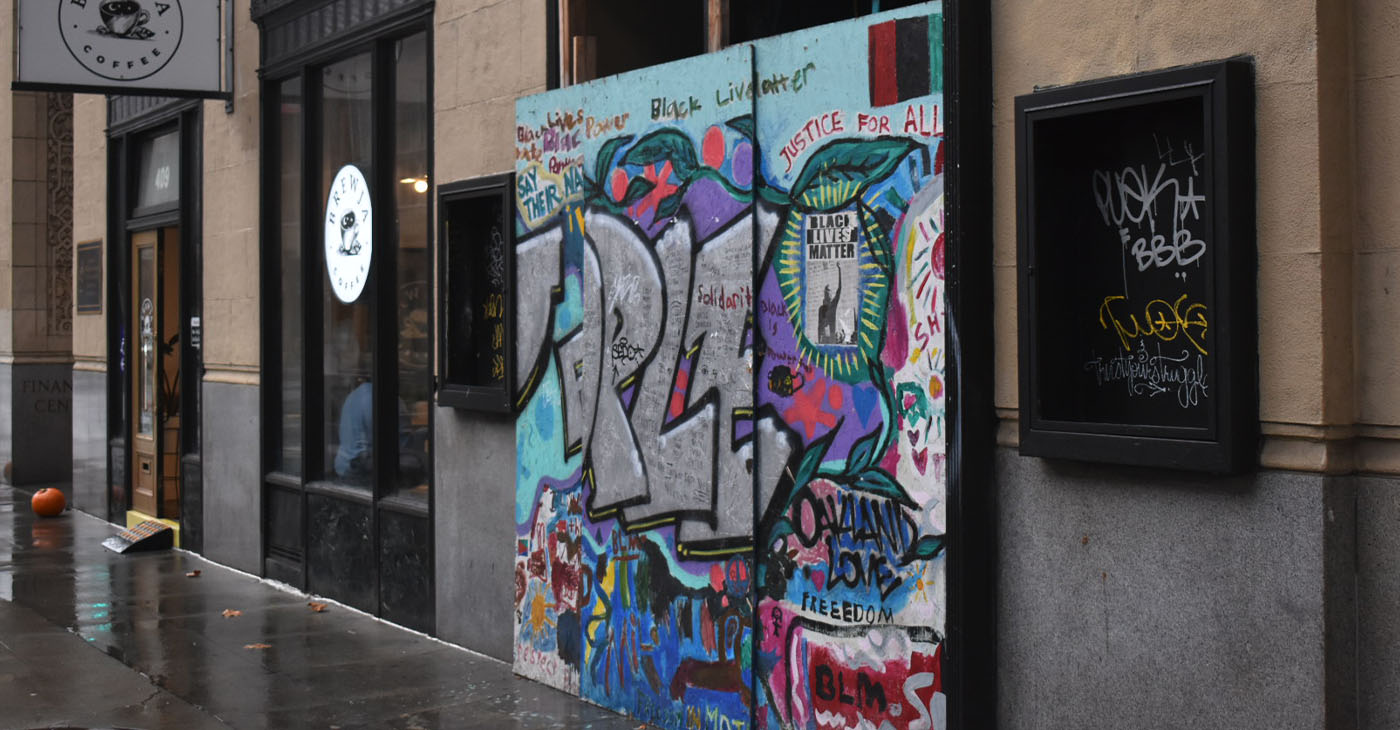
By Magaly Muñoz, Post Staff
Developers and business owners in the Bay Area came together for the “Oakland Structures” event hosted by San Francisco Business Times to discuss economic development projects in Oakland last Thursday.
Mayor Sheng Thao opened up the event as the keynote speaker, sharing her experiences from her first year in office and the measures her administration has taken to address the key issues plaguing the city.
Thao inherited the largest deficit Oakland has ever seen- $360 million- and came into her position as the effects of the COVID-19 pandemic were hitting the city hard. The once bustling city has faced difficulties as people transitioned to hybrid or work-from-home jobs, which has caused foot traffic to slow down and businesses to lose clientele.
“I refuse to stop until we get our businesses back up and running at full capacity, and make sure that people feel safe, not just safe in the commercial corridors, but safe everywhere,” Thao said.
Thao shared that the economic development in Oakland is slowly, but surely, growing as new companies bring their business to downtown. PG&E has recently been among the bigger corporations that’s settled in Oakland, bringing 7,000 jobs with them, which will not only open up potential opportunities for Oaklanders, but also increase foot traffic for businesses in town.
Thao acknowledged several initiatives that have already been implemented to give the city a boost, including Five After Five, a cost-effective parking program; Activate Oakland grants, which gives businesses up to $15,000 to host events that will bring the community to downtown; and the film initiative to encourage filmmakers and TV shows to shoot their projects in Oakland.
The city of Oakland is taking steps to streamline permits for businesses to entice them to stay and bring new projects to the city. Additionally, the city is committing $200 million for affordable housing, which is “unprecedented in the city of Oakland” says Councilmember Nikki Fortunato-Bas, who was also at the event.
“We have committed to supporting our community, supporting our local businesses and really showing that we can work together for safer communities,” Fortunato-Bas emphasized in an interview with the Post.
As the holiday season approaches, Fortunato-Bas urges the community to shop and dine locally, all the way from the Fruitvale to Grand Lake, areas she represents, as this will help boost and support these businesses.
During a panel with investors and business owners who have new projects breaking ground as early as 2024, a pressing question emerged among the attendees and panelists was “Is Oakland the right city to maintain and bring in businesses?”
Real estate developer Riaz Taplin, CEO and founder of Riaz Capital, said that people need to want to come back to the office and revitalize the commercial corridors of the city, but also that businesses need the support of the government sector to thrive.
He feels as though new entrepreneurs who are starting out in Oakland today do not have the advantage that many, like himself, did pre-COVID, where they could just walk into a city office and be helped on how to get the right permits because everything and everyone was so accessible.
More people would feel enticed to come back downtown if they felt that they were safe, so public safety needs to be high on the list of priorities for the city, Taplin said, emphasizing issues such as litter, vandalized business fronts and homeless encampments.
“Something needs to happen to make Broadway a place people want to go,” Taplin said after sharing a story about downtown Alameda being the busiest area with the most foot traffic out of Oakland and San Francisco.
Another panelist, Oakland Roots president Lindsay Barenz, shared that although Oakland is struggling to keep sports teams, the time is now to invest in those projects to keep the sports culture in the city.
“A sports team can be a critical component to that [a place where people enjoy living],” Barenz said.
She emphasized that the Oakland Roots see themselves as significant to the culture of Oakland as institutions like the zoo, museum, and Fairyland. She believes that the morale boost that a sports team can provide is what Oakland needs.
When asked to give a headline of what is to come in Oakland in the next five to 20 years, Taplin said, “Clean it and they will come.”
California Black Media
Gov. Newsom and Gov. DeSantis Go Head-to-Head in Nationally Televised Debate
Conservative Fox News personality Sean Hannity moderated the duel, during which the TV pundit, more than once, injected his opinion, and appeared to be providing subtle assists to DeSantis. As the debate progressed, it was clear that opinions about each topic discussed was representative of the philosophical and political chasm that divides liberal and conservative America, and a preview of campaign mudslinging that is bound to intensify as the 2024 presidential campaign ensues.

By California Black Media
In an intense, 95-minute-plus televised faceoff between California Gov. Gavin Newsom and Florida Gov. Ron DeSantis on Nov. 30, the men traded jabs and putdowns, defended their respective gubernatorial records, disagreed sharply on how to solve the country’s most pressing problems, and expressed clashing views on the performance of the Biden-Harris administration.
Conservative Fox News personality Sean Hannity moderated the duel, during which the TV pundit, more than once, injected his opinion, and appeared to be providing subtle assists to DeSantis.
As the debate progressed, it was clear that opinions about each topic discussed was representative of the philosophical and political chasm that divides liberal and conservative America, and a preview of campaign mudslinging that is bound to intensify as the 2024 presidential campaign ensues.
“I’ll tell you why I’m here,” Newsom said. “I’m here to tell the truth about the Biden-Harris record and also compare and contrast Ron DeSantis’ record and the Republican Party’s record” with that of California.
DeSantis blasted Newsom’s management of the COVID-19 crisis and criticized Newsom for prevalent crime, homelessness and deteriorating social conditions in California cities.
“You have the freedom to defecate in public in California,” DeSantis said. “You have the freedom to pitch a tent on Sunset Boulevard. You have the freedom to create a homeless encampment under a freeway and even light it on fire. They’re not the freedoms our founding fathers envisioned.”
Newsom took a jab at DeSantis’ presidential candidacy, predicting that the Florida Governor would be endorsing GOP frontrunner Donald Trump soon.
“There’s one thing we have in common,” Newsom said. “Neither of us will be the nominee for our party in 2024.
-

 Activism4 weeks ago
Activism4 weeks agoOakland Post: Week of March 27 – April 2, 2024
-

 #NNPA BlackPress4 weeks ago
#NNPA BlackPress4 weeks agoBeloved Actor and Activist Louis Cameron Gossett Jr. Dies at 87
-

 Community1 week ago
Community1 week agoFinancial Assistance Bill for Descendants of Enslaved Persons to Help Them Purchase, Own, or Maintain a Home
-

 Activism3 weeks ago
Activism3 weeks agoOakland Post: Week of April 3 – 6, 2024
-

 Business1 week ago
Business1 week agoV.P. Kamala Harris: Americans With Criminal Records Will Soon Be Eligible for SBA Loans
-

 Activism2 weeks ago
Activism2 weeks agoOakland Post: Week of April 10 – 16, 2024
-

 Community1 week ago
Community1 week agoAG Bonta Says Oakland School Leaders Should Comply with State Laws to Avoid ‘Disparate Harm’ When Closing or Merging Schools
-

 Community6 days ago
Community6 days agoOakland WNBA Player to be Inducted Into Hall of Fame

